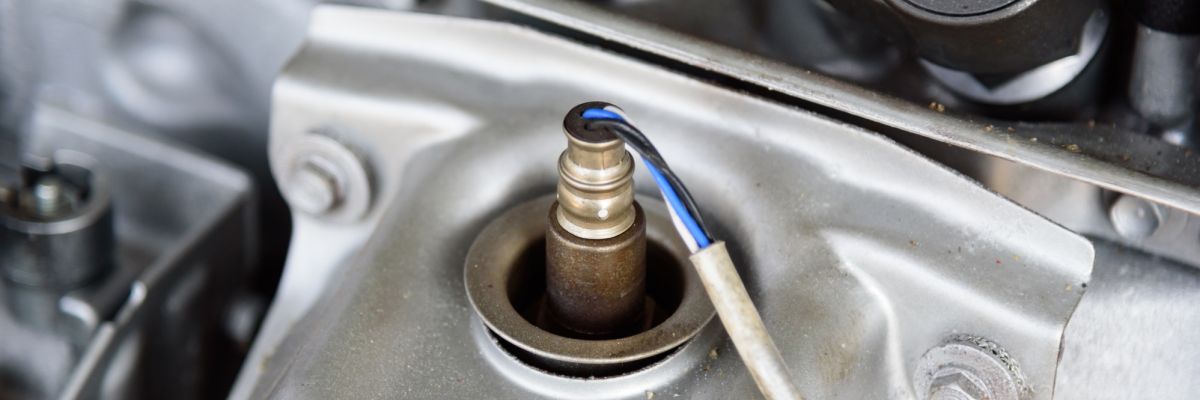
What You Need to Know About Oxygen and Lambda Sensors
If you're experiencing engine problems, it's possible that your oxygen or lambda sensor is to blame. These sensors play a crucial role in regulating your engine's air-to-fuel ratio, and when they malfunction, it can lead to a range of issues. Learn more about these sensors, how to diagnose problems with them, and what you can do to fix them.
What are oxygen and lambda sensors?
Oxygen and lambda sensors are both types of sensors that monitor the air-to-fuel ratio in your engine. The oxygen sensor measures the amount of oxygen in the exhaust gases, while the lambda sensor measures the ratio of air to fuel. Both sensors send signals to the engine control unit (ECU), which then adjusts the fuel injection to maintain the correct ratio. If either sensor malfunctions, it can cause issues with your engine's performance and fuel efficiency.
How do oxygen and lambda sensors work?
Oxygen and lambda sensors work by measuring the amount of oxygen in the exhaust gases and the ratio of air to fuel in the engine. The sensors send signals to the engine control unit (ECU), which then adjusts the fuel injection to maintain the correct ratio. The oxygen sensor is typically located in the exhaust manifold, while the lambda sensor is located in the exhaust pipe. Both sensors use a chemical reaction to generate a voltage signal that is sent to the ECU. If the sensors malfunction, it can cause issues with your engine's performance and fuel efficiency. Many sensors also include heating elements which can fail requiring their replacement.
Symptoms of a faulty oxygen or lambda sensor.
If your engine is experiencing issues such as poor fuel economy, rough idling, or difficulty starting, it could be a sign of a faulty oxygen or lambda sensor. Other symptoms include a check engine light appearing on your dashboard, a decrease in power or acceleration, and an increase in emissions. It's important to have these sensors checked and replaced if necessary to ensure your engine is running efficiently and effectively.
How to diagnose and replace a faulty sensor.
If you suspect that your oxygen or lambda sensor is faulty, the first step is to have it diagnosed by a professional mechanic. They will use a diagnostic tool to read the error codes stored in your car's computer system and determine which sensor is causing the issue. Once the faulty sensor has been identified, it will need to be replaced. This is a relatively simple process that can be done by a mechanic or even a DIY enthusiast with some basic knowledge and tools. It's important to use a high-quality replacement sensor to ensure your engine runs smoothly and efficiently. Universal sensors can sometimes be used, but it's important to follow the assembly instructions carefully and cable lengths can be critical. Bosch lambda or oxygen sensors for example come with a special splicing connector to allow for a solderless connection that remains dry and protected from the elements.
Tips for maintaining your oxygen and lambda sensors.
Regular maintenance is key to keeping your oxygen and lambda sensors functioning properly. One important step is to keep your engine clean and free of debris, as this can cause damage to the sensors. Additionally, make sure to replace your air filter regularly, as a dirty filter can cause your engine to run rich and damage the sensors. Finally, avoid using low-quality fuel, as this can also damage your sensors over time. By following these tips, you can help ensure that your oxygen and lambda sensors last as long as possible and keep your engine running smoothly.